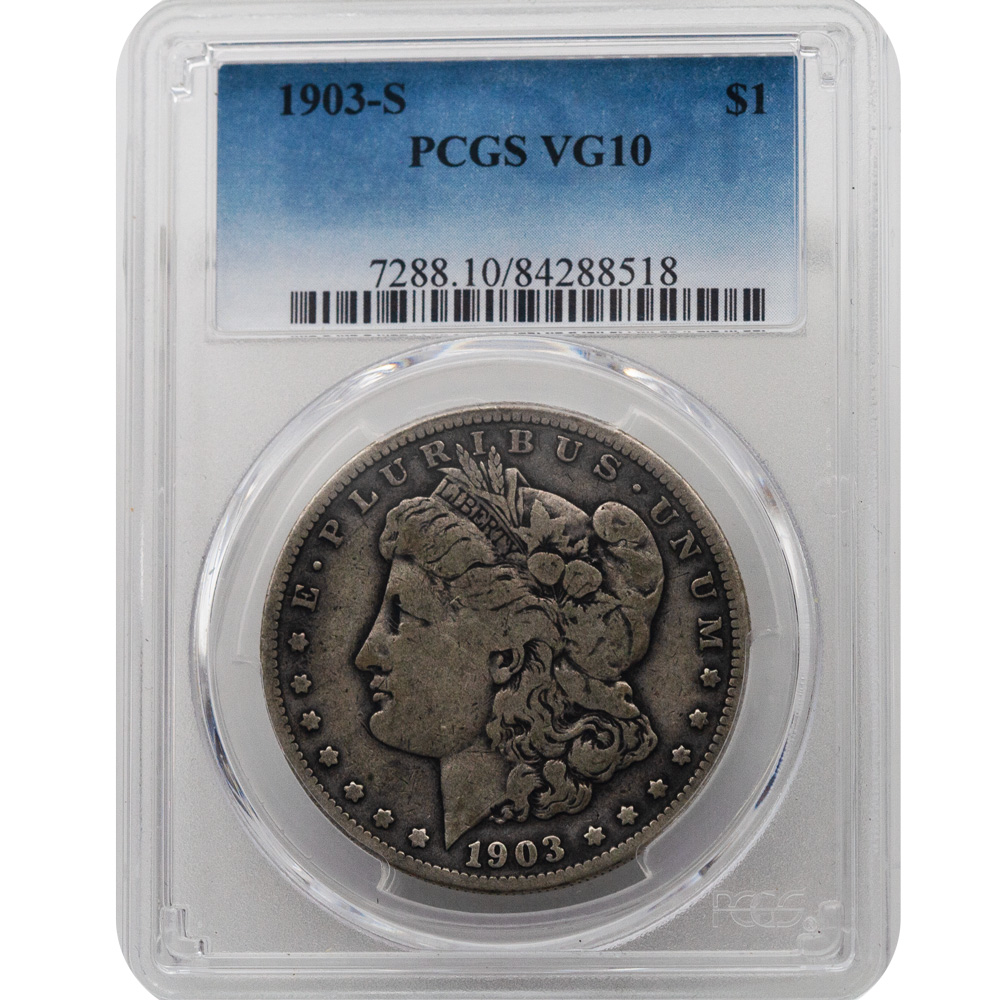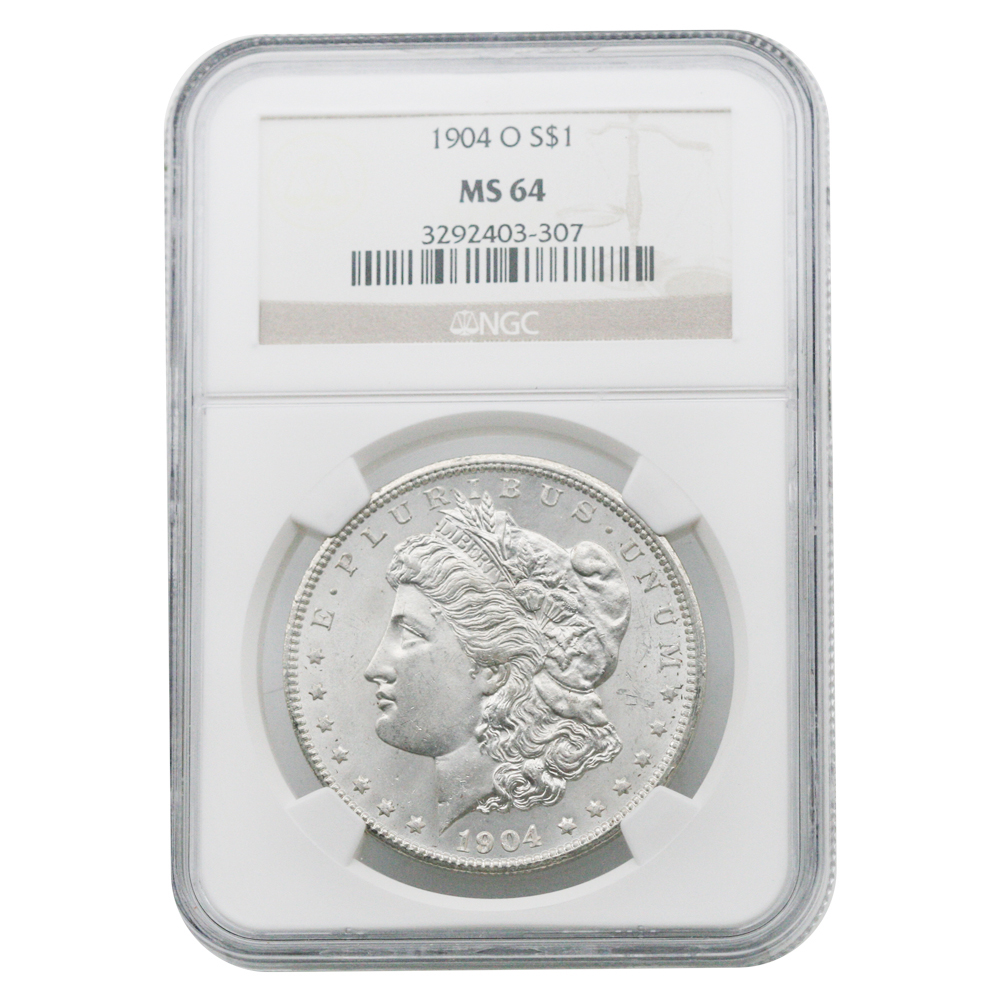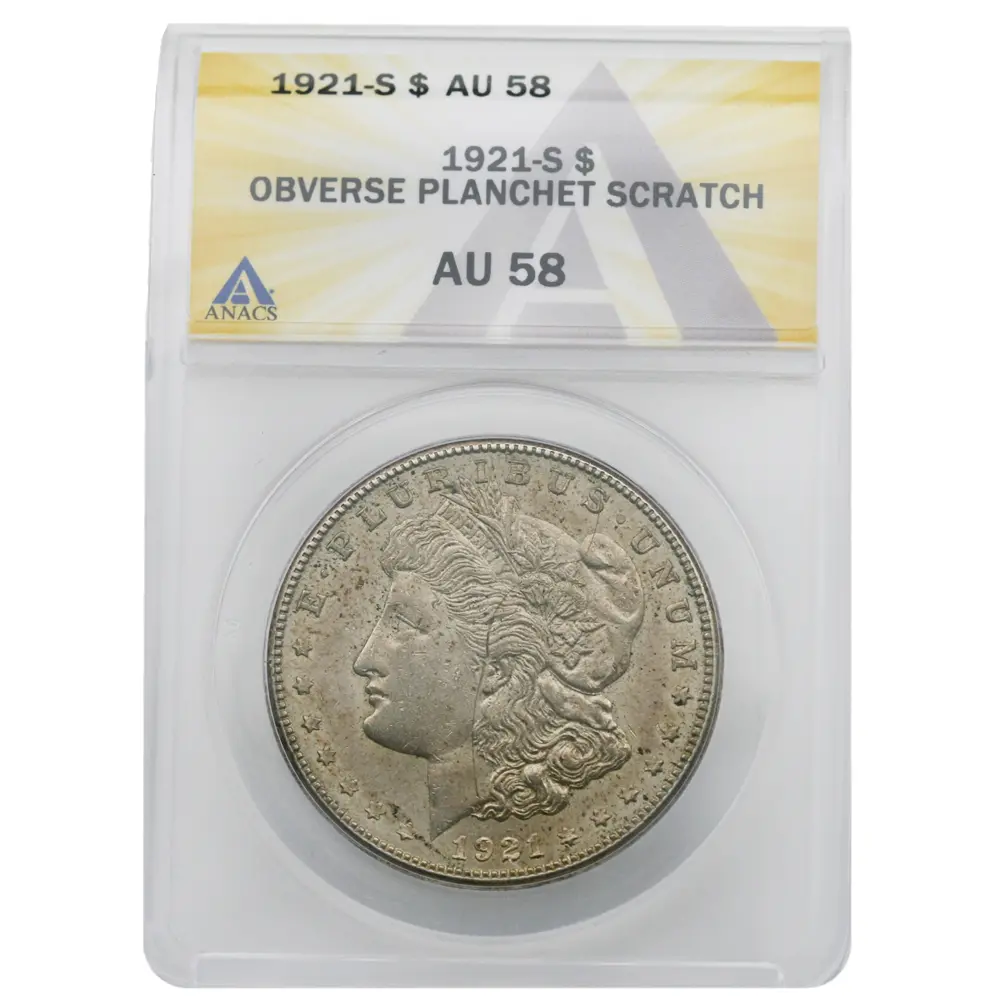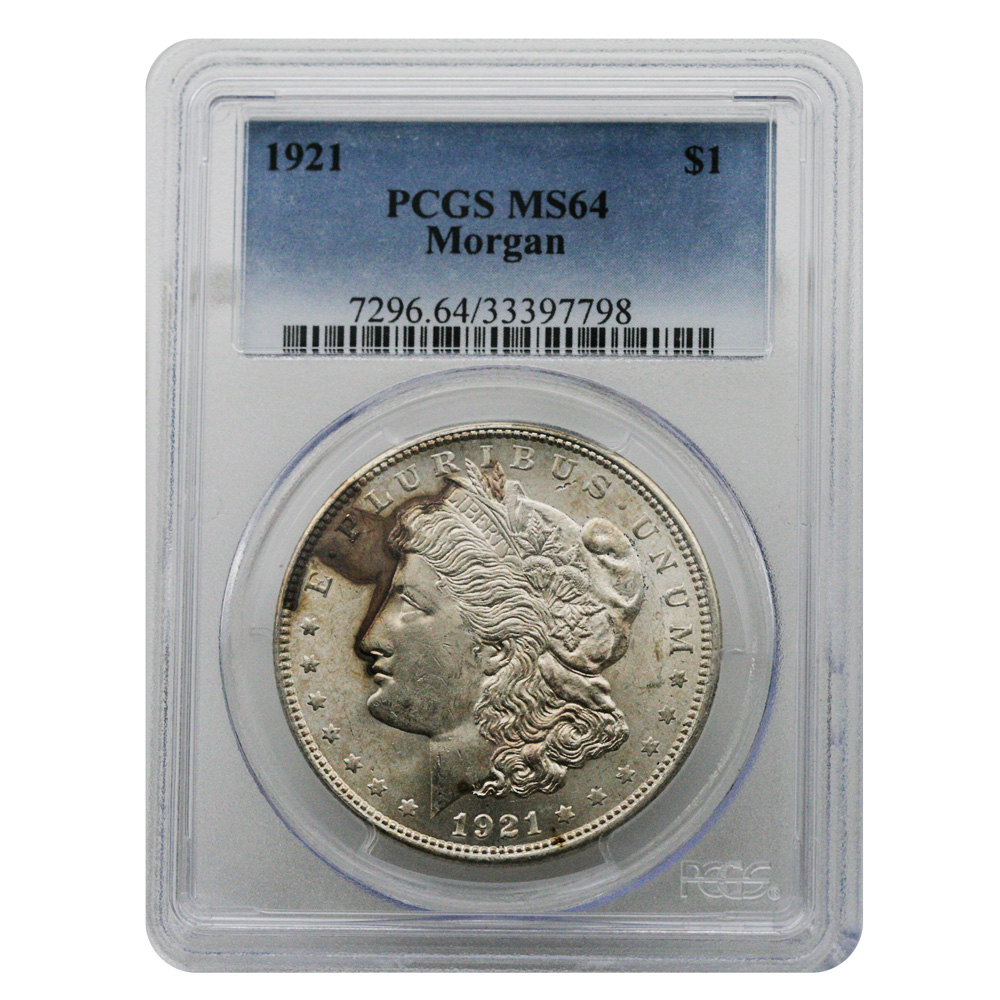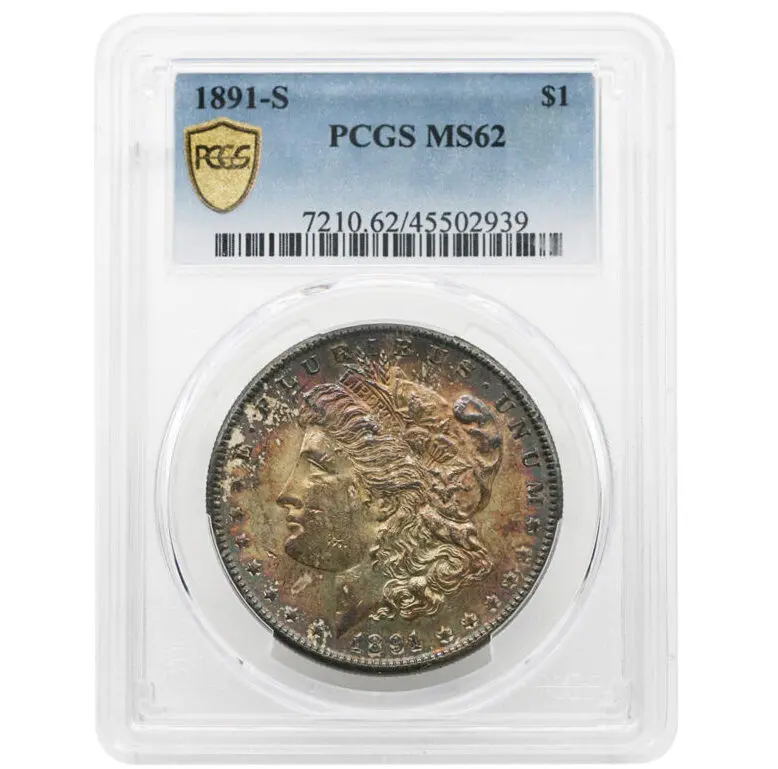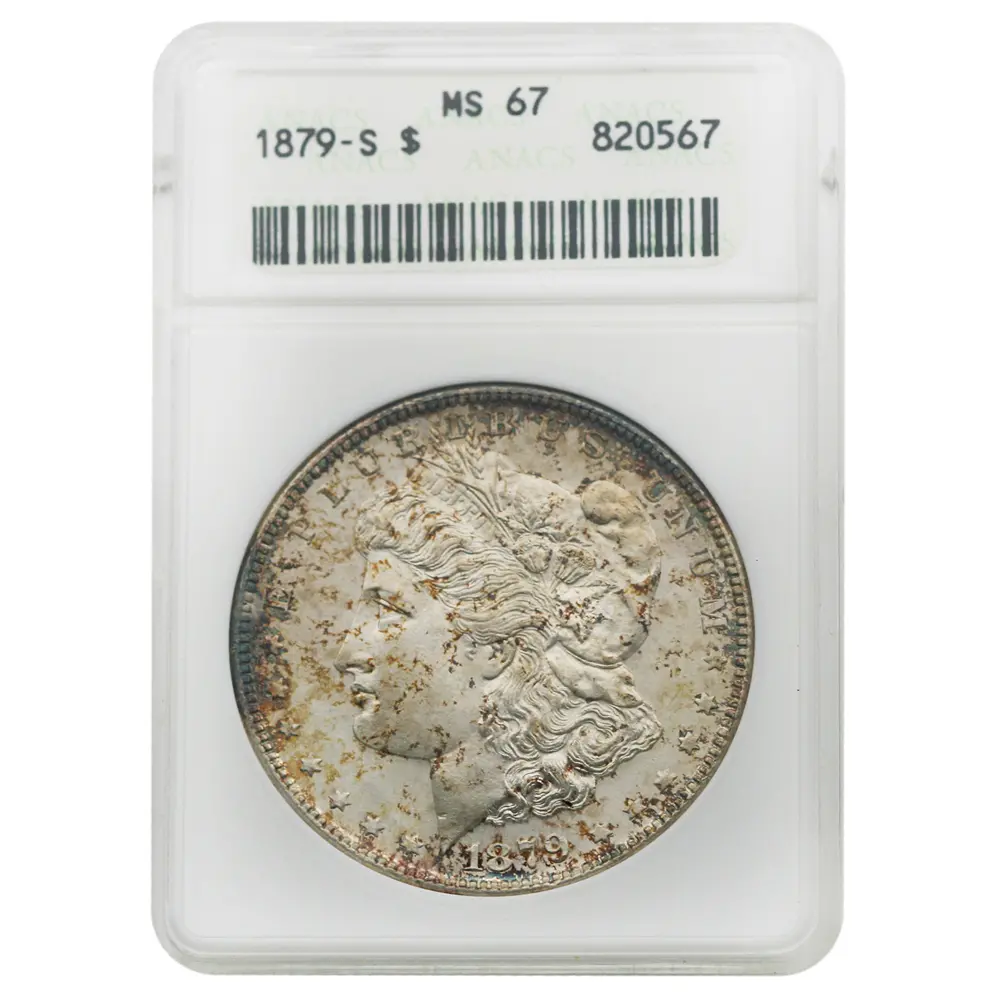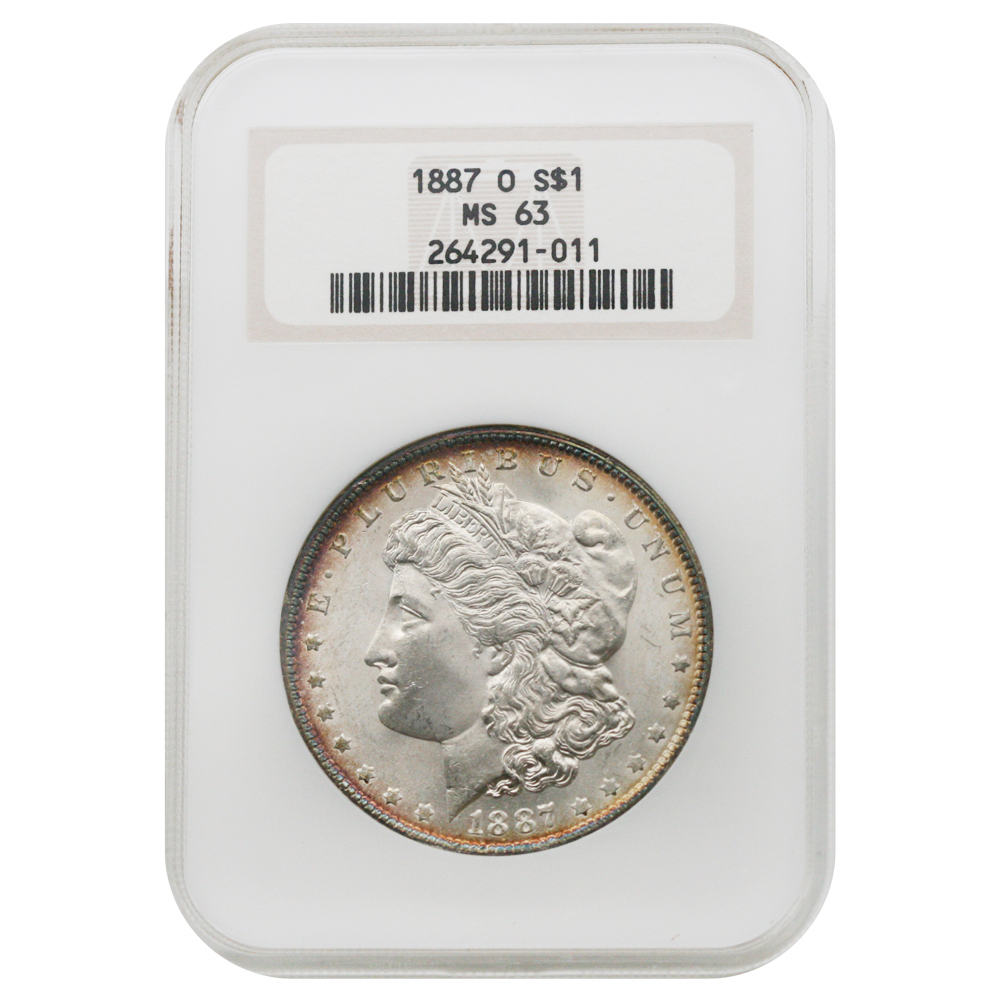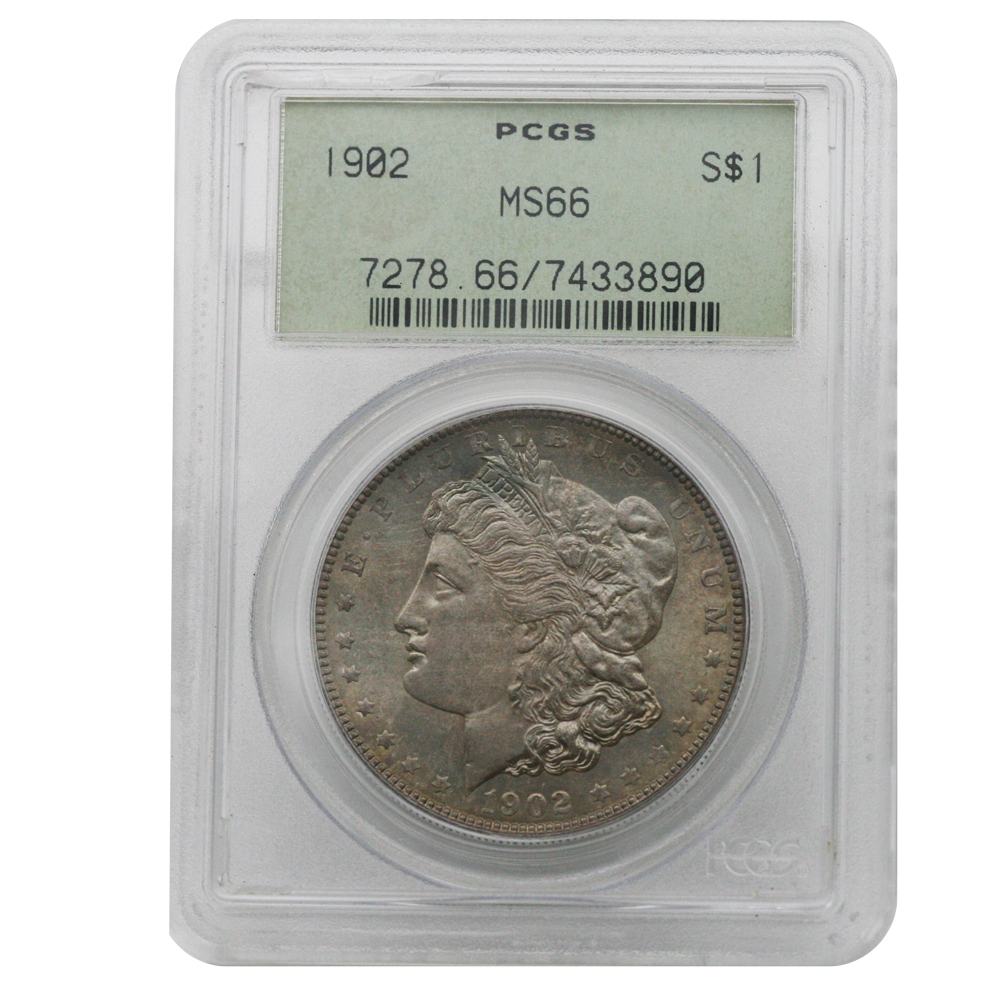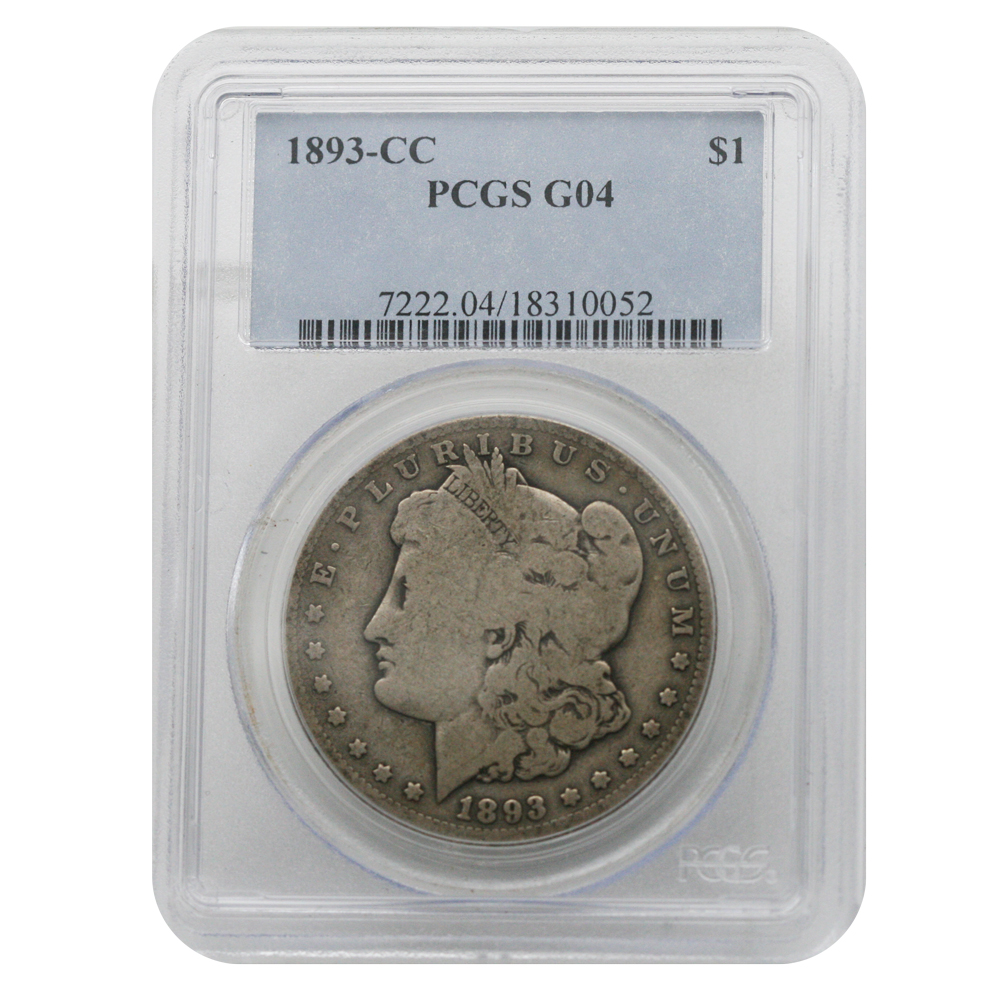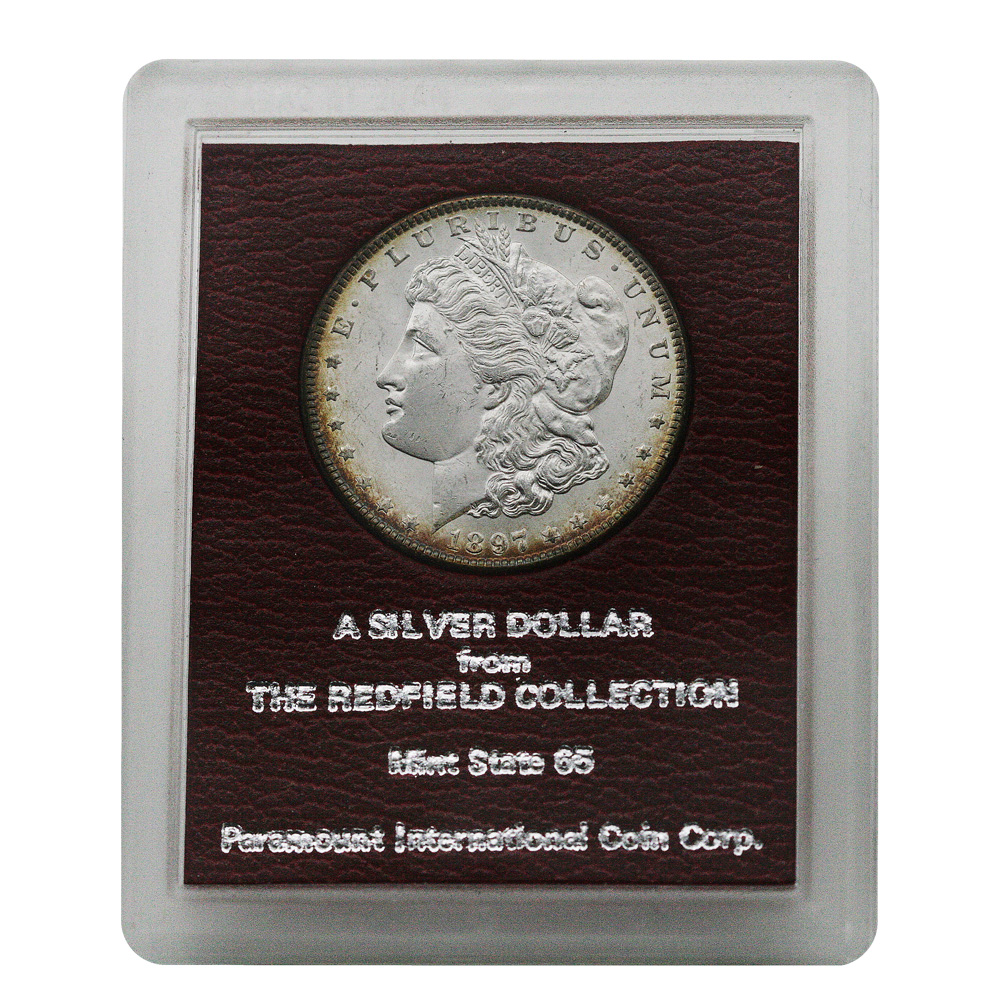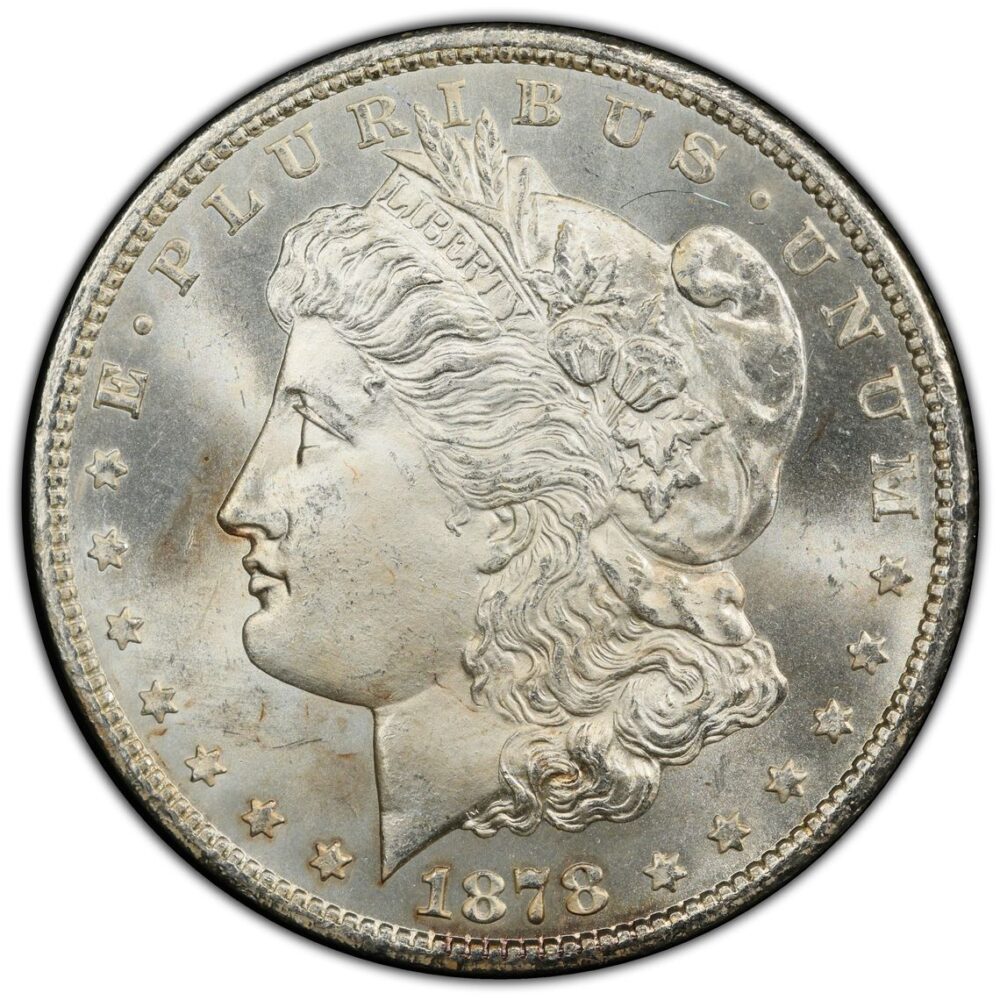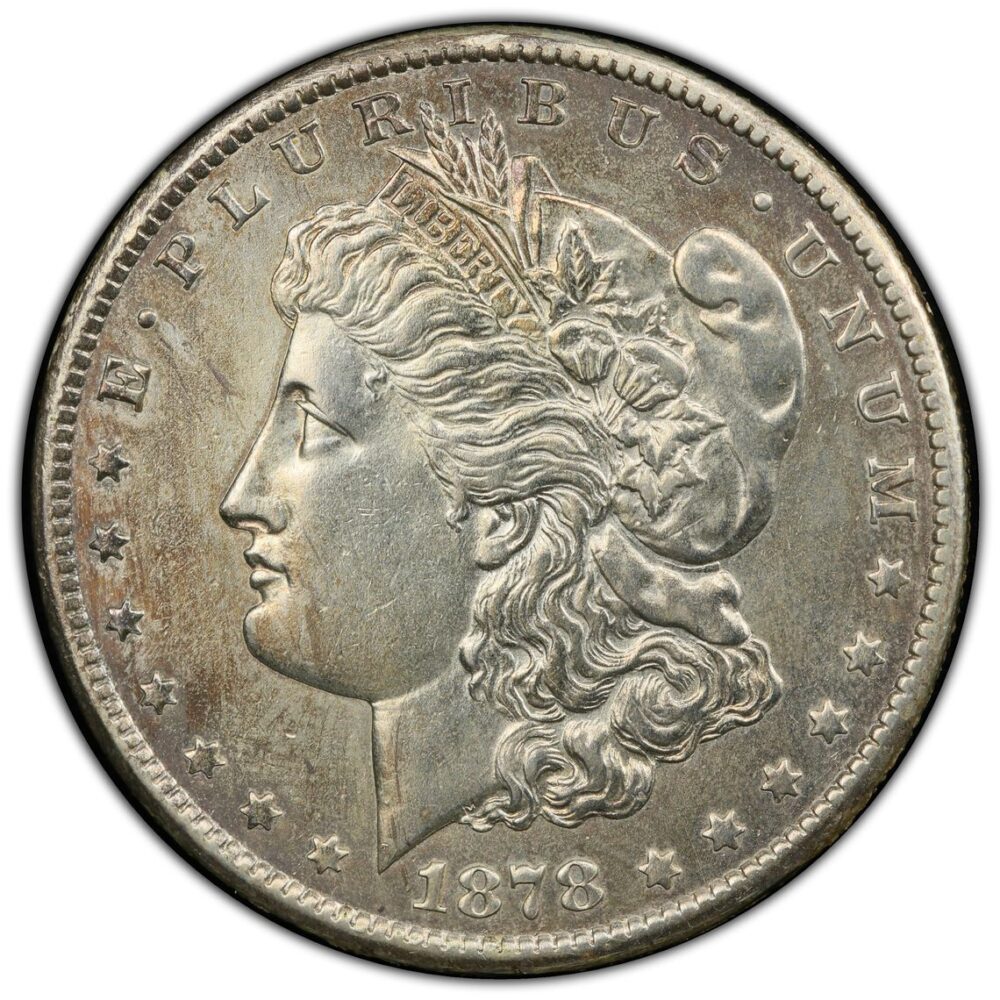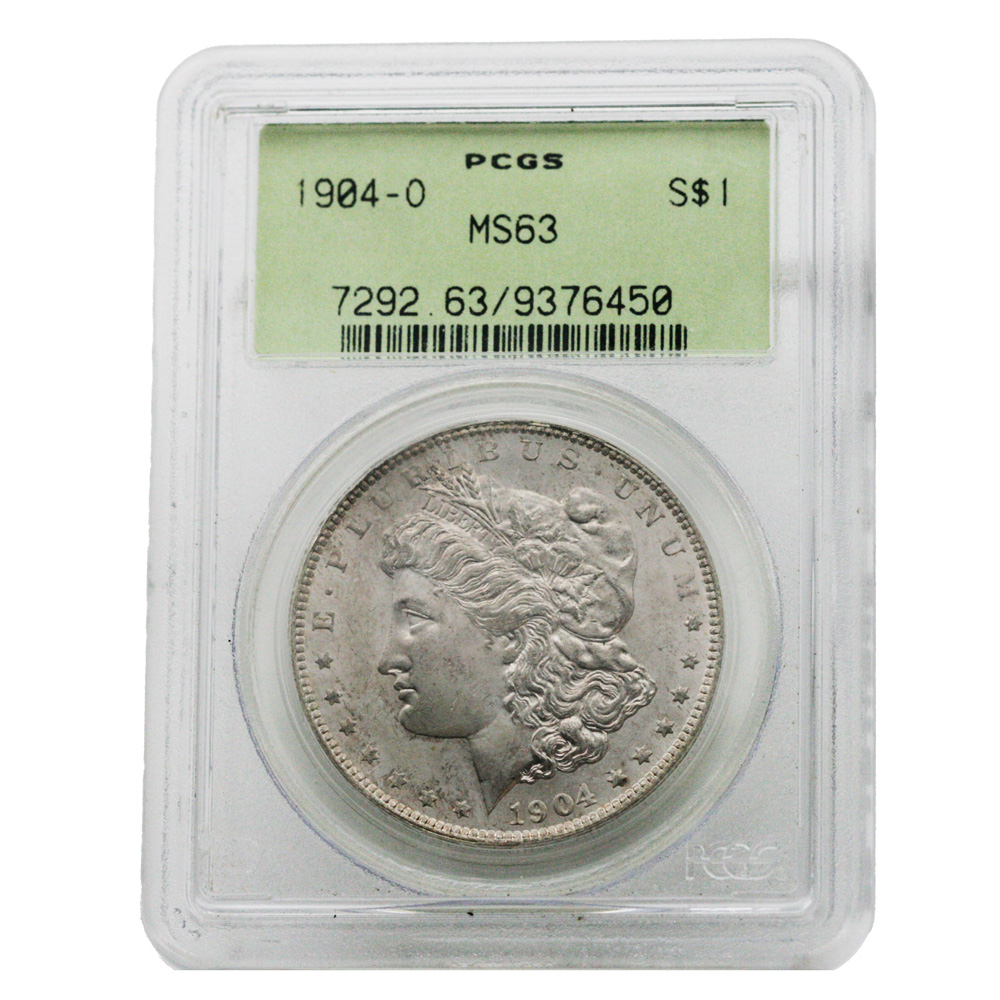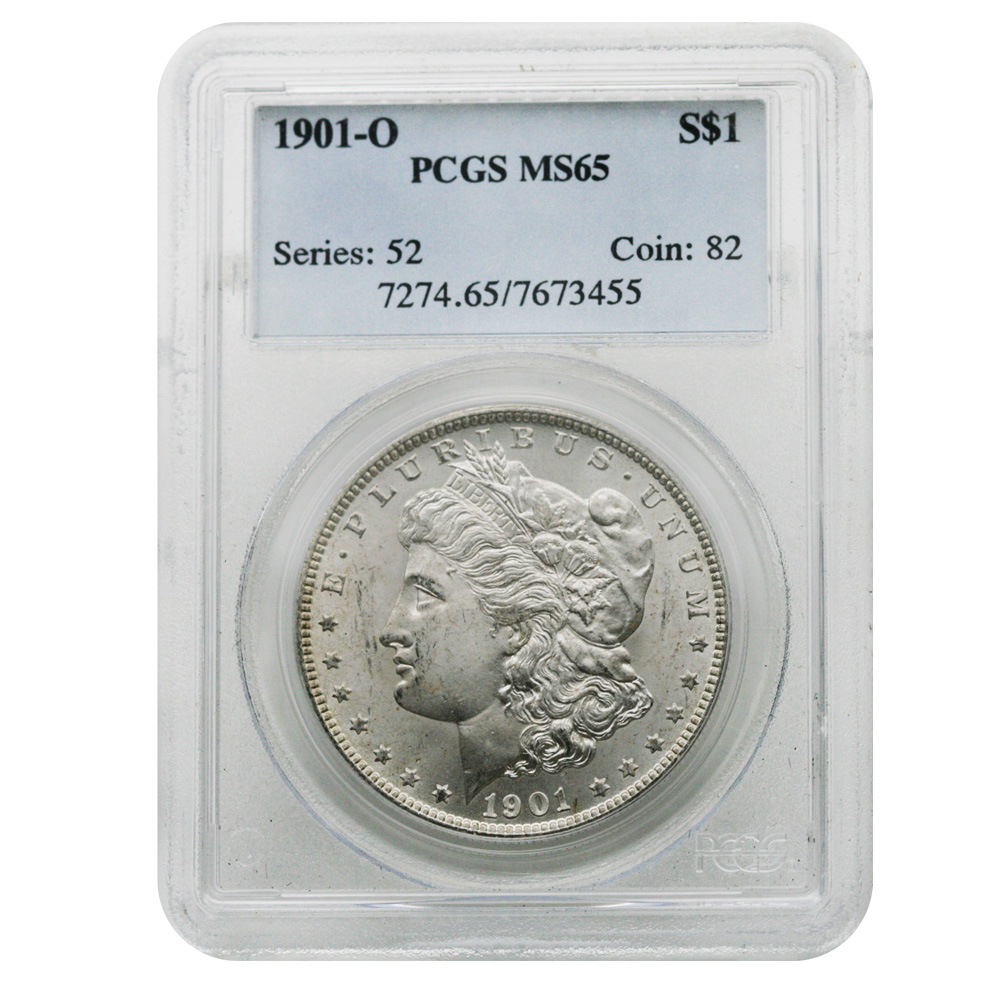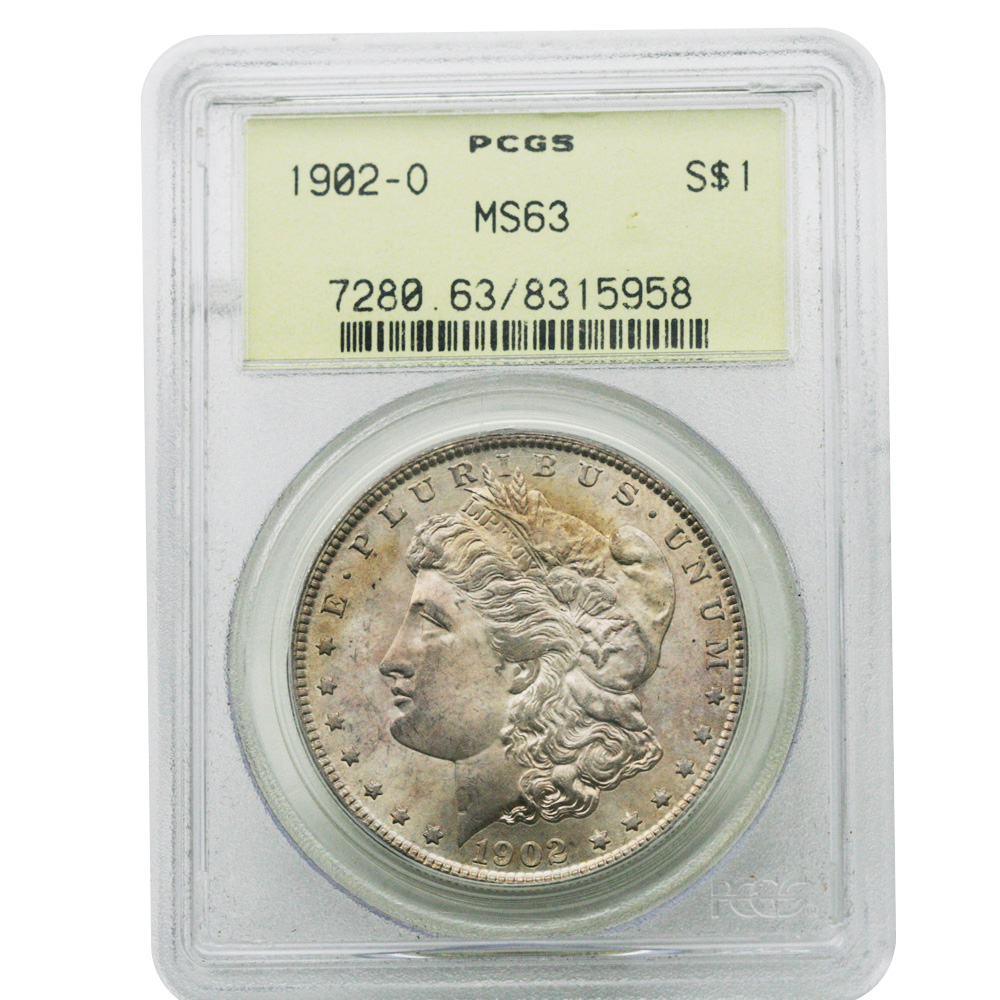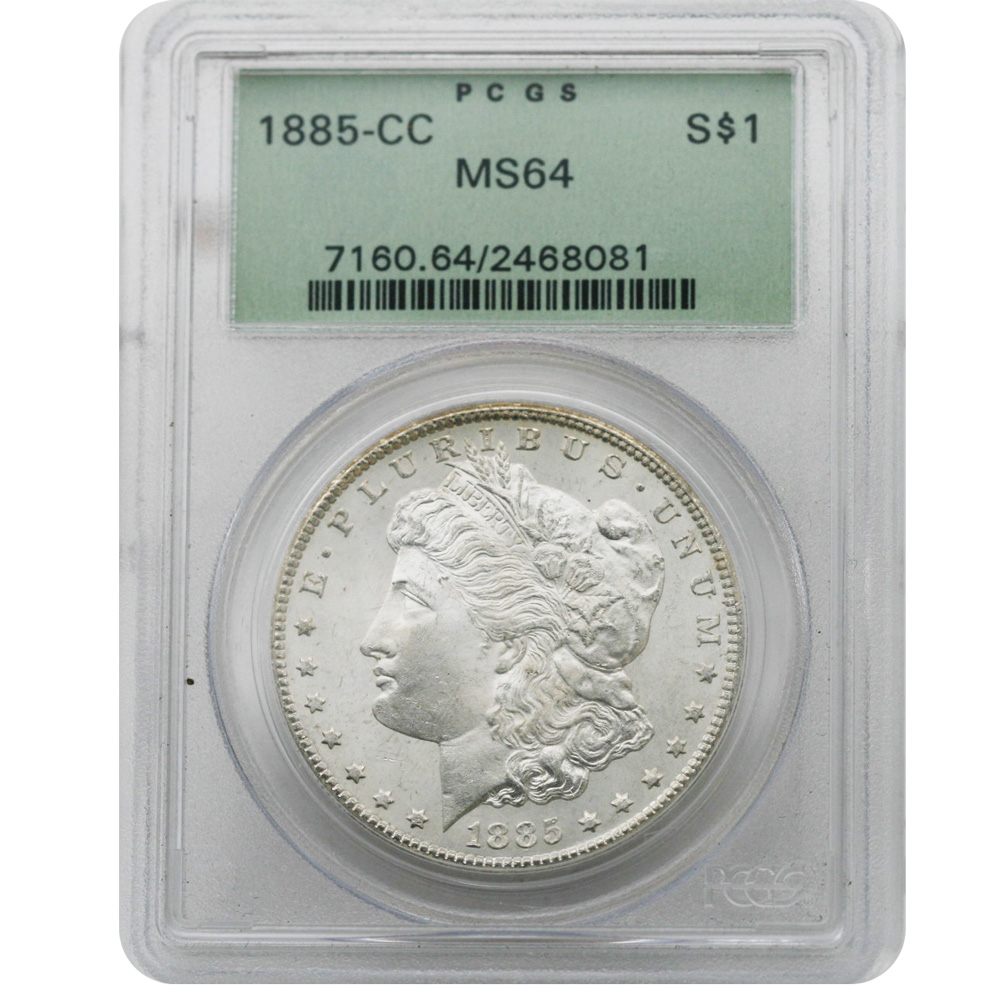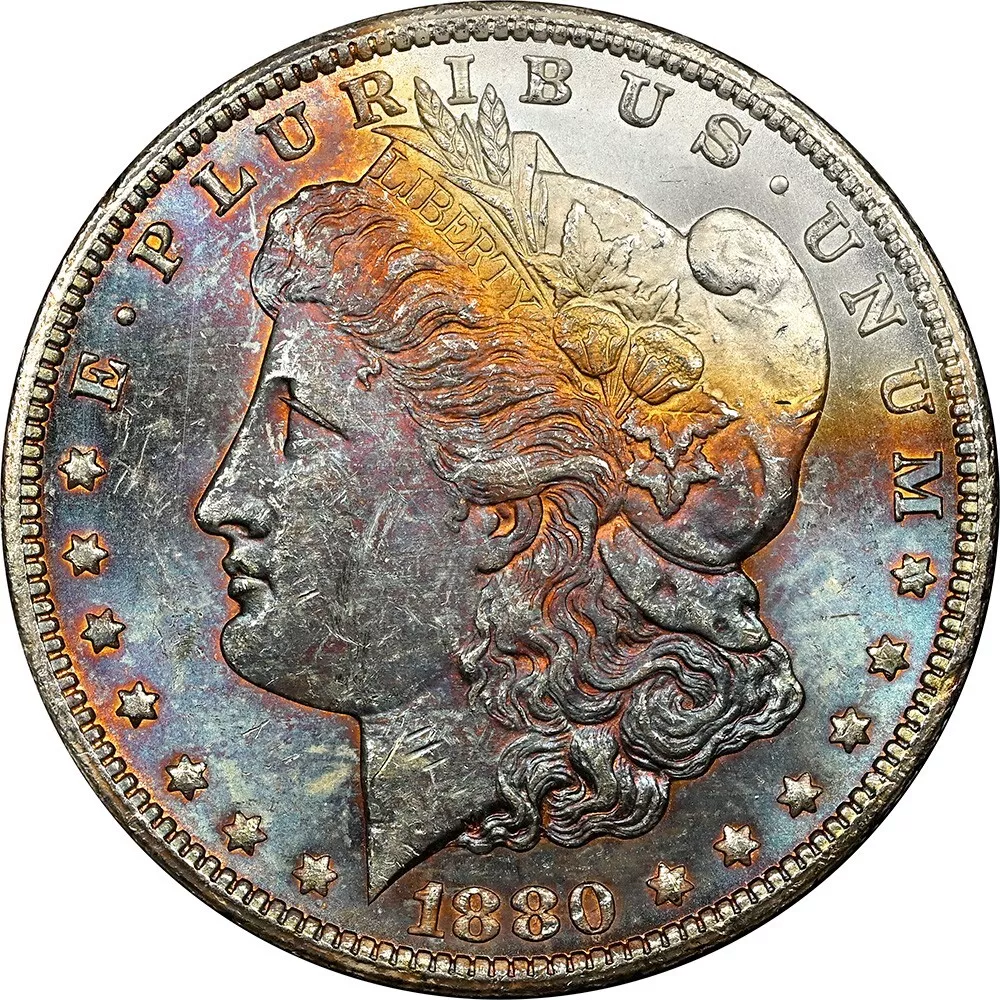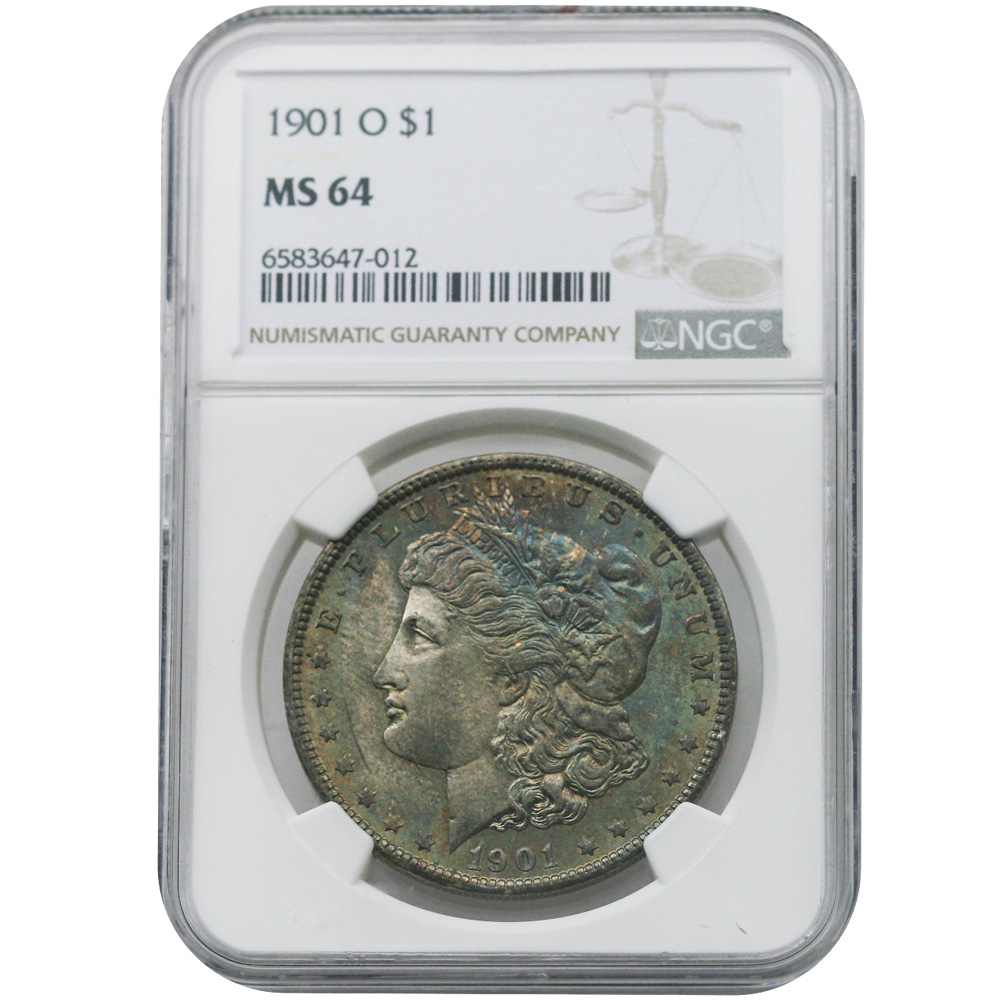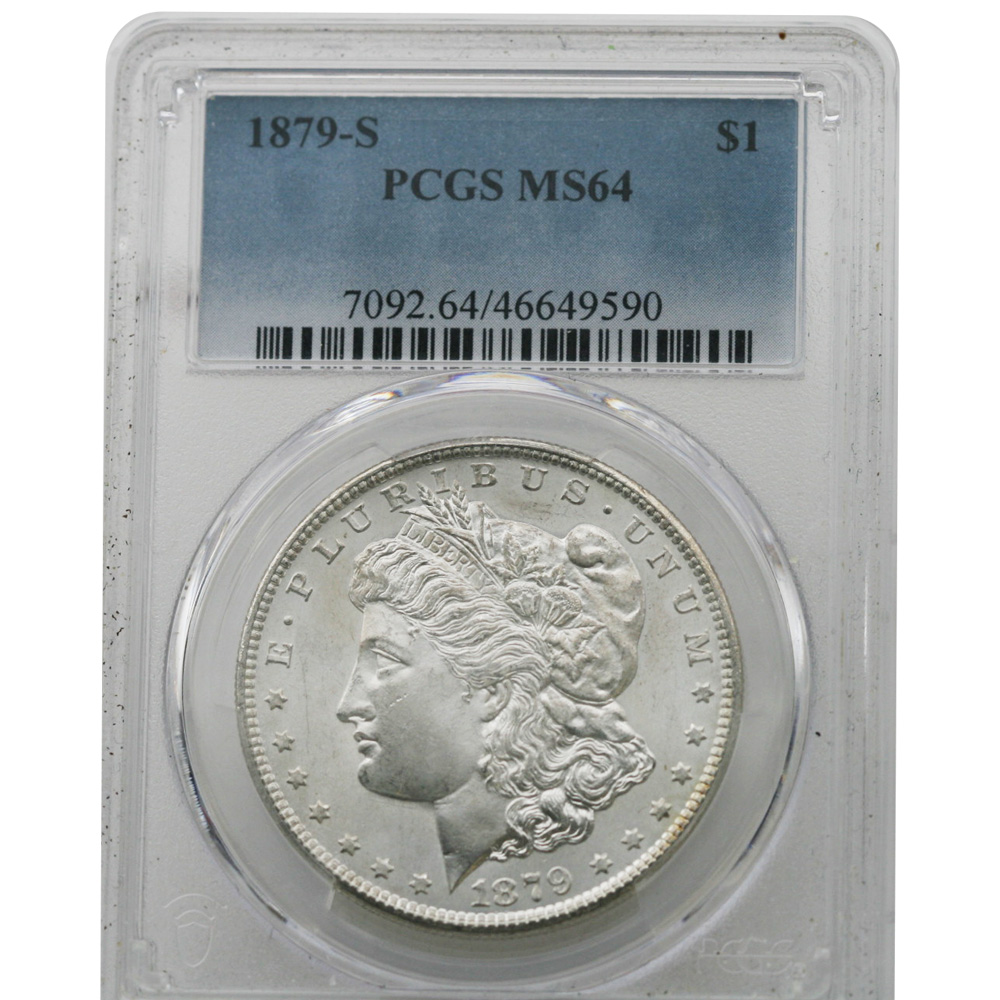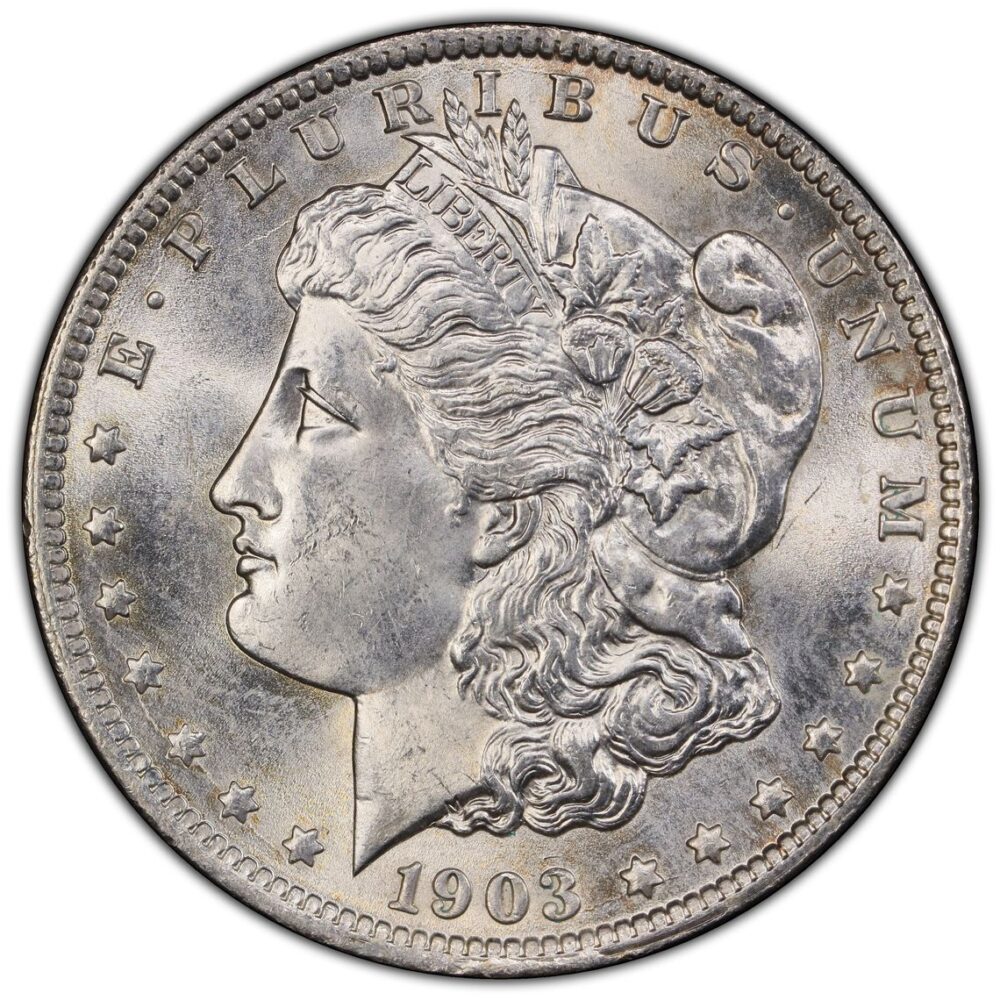Morgan Silver Dollar
The Morgan Silver Dollar, minted from 1878 to 1921, is a classic American coin designed by George T. Morgan. Featuring a portrait of Lady Liberty on the obverse and a heraldic eagle on the reverse, the coin was struck to support the silver mining industry following the Bland–Allison Act to help the price of silver. Each coin measures 38.1 mm in diameter, weighs 26.73 grams, and is composed of 90% silver and 10% copper, containing 0.7734 troy ounces of silver.
1893-S
-
Mintage: 100,000
1889-CC
-
Mintage: 350,000
1895 (Proof Only)
-
Mintage: 880 (Proof only; no business strikes known to exist)
-
Mint: Philadelphia (no mintmark)
1894
-
Philadelphia: 110,000
1893-O
-
Mintage: 300,000
1892-S
-
Mintage: 1,200,000
1895-O
-
Mintage: 450,000
1884-S
-
Mintage: 3,200,000
- High-grade examples (especially MS66 and higher) are exceedingly rare and command five- to six-figure prices.
1896-O, 1901-O, 1903-O – Condition Rarities
-
1896-O Mintage: 4,900,000
-
1901-O Mintage: 13,320,000
-
1903-O Mintage: 4,450,000
-
Why they’re key: Despite high mintages, all three are hard to find in Gem condition. 1903-O was once considered a major rarity until a large cache was released by the Treasury in the 1960s.
Mint Quality
| Mint | Strike Quality | Notable Issues |
|---|---|---|
| New Orleans (O) | Poor | Weak hairlines, flat eagle breast; worn equipment |
| Philadelphia (P) | Mixed | Strong in early years; poor in 1921 due to new hubs |
| Denver (D) | Poor (1921) | Flat, dull strikes due to high-speed, low-relief dies |
| San Francisco (S) | Good | Crisp detail, especially in early 1880s |
| Carson City (CC) | Fair to Good | Inconsistent; smaller runs helped maintain quality |
Don’t confuse weak strike with wear—many weakly struck coins retain full luster and minimal surface marks. Look closely at uncirculated examples for softness in high-relief areas.

